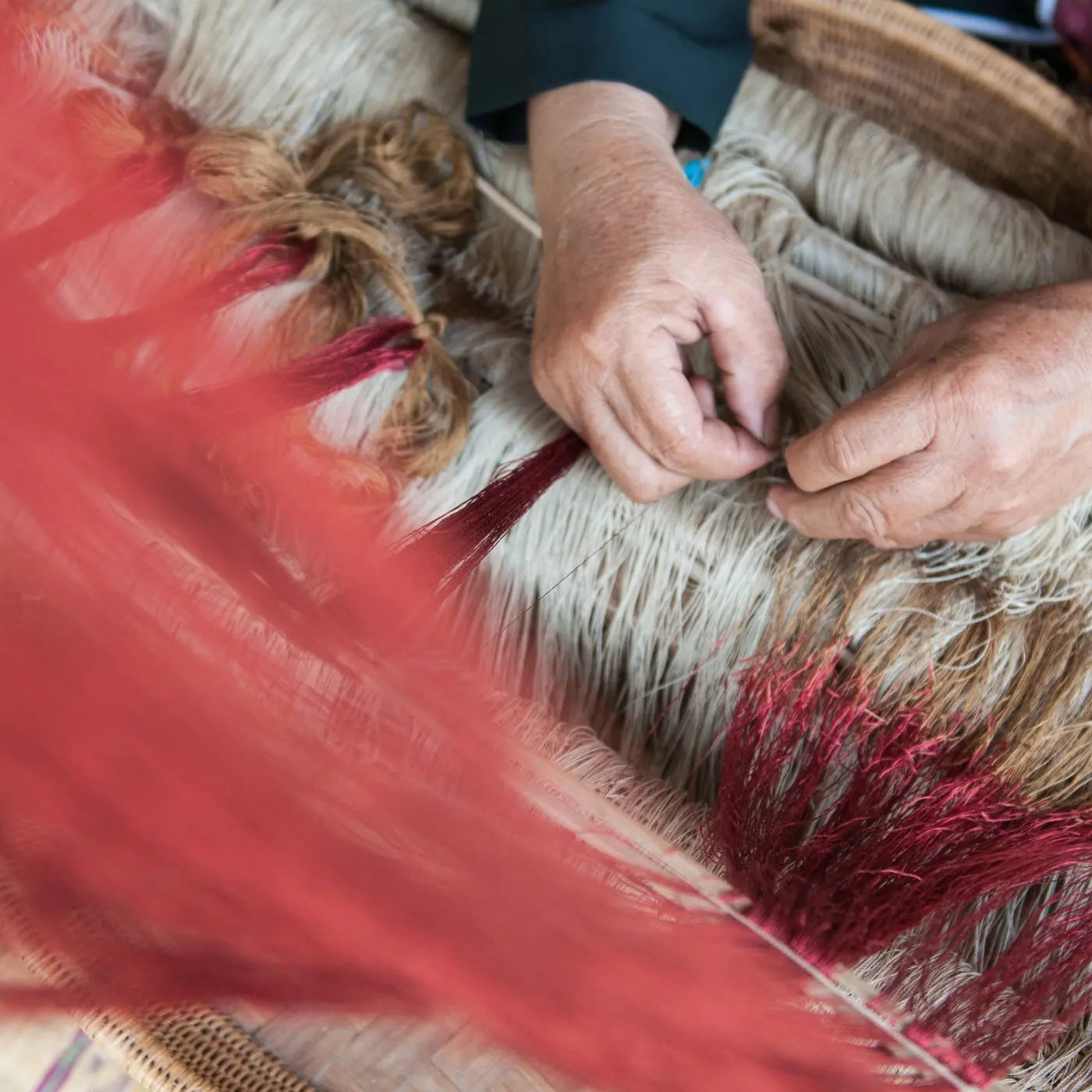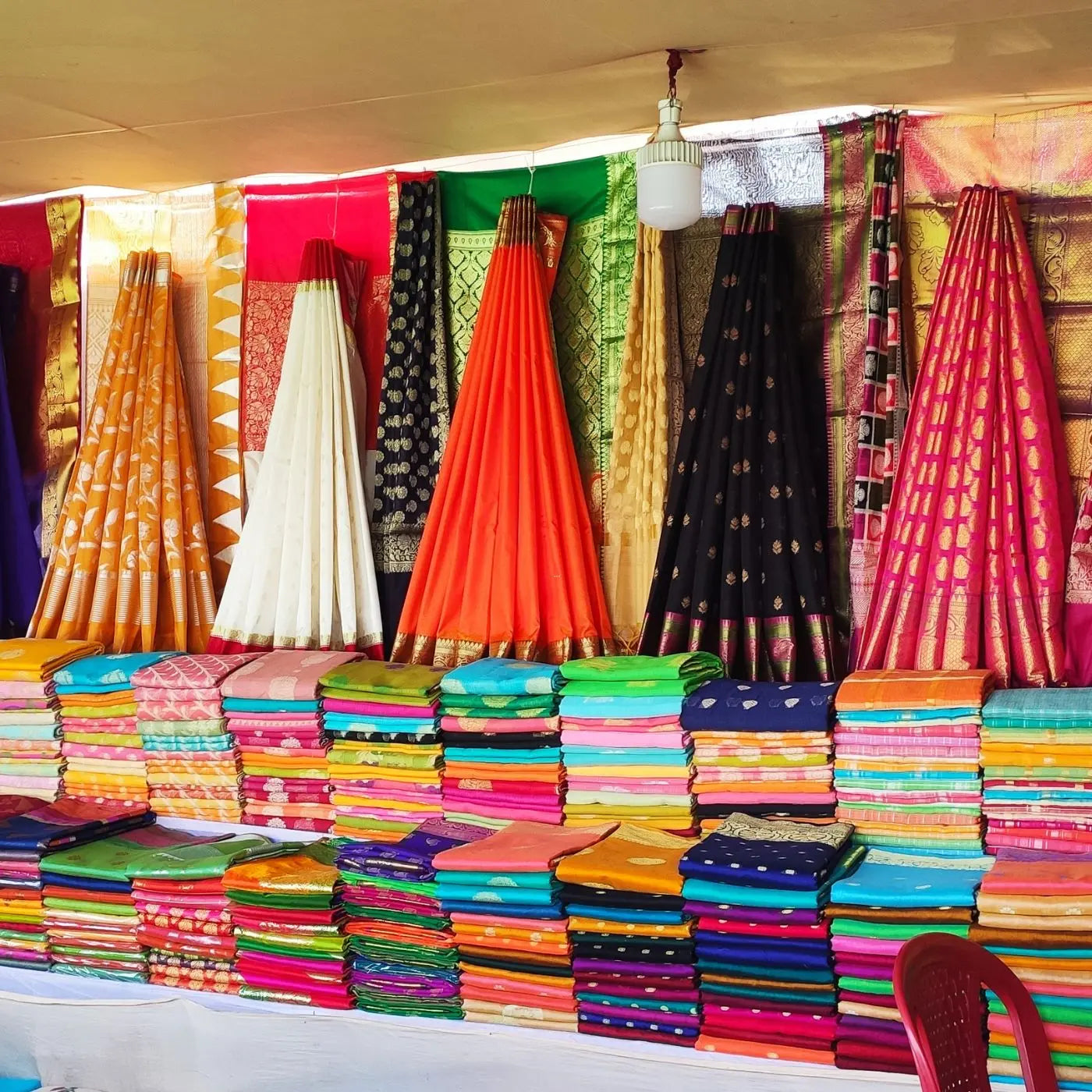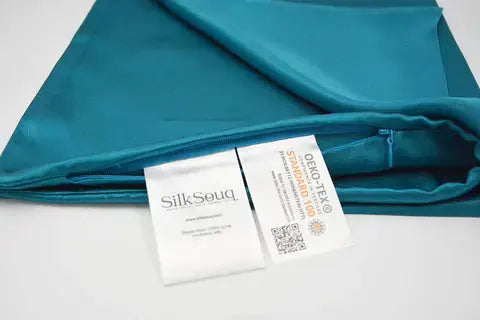Introduction
Are you a silk enthusiast looking to deepen your understanding of this luxurious fabric? Look no further! We've compiled the ultimate glossary of must-know silk terms to help you speak the language of silk like a pro. This engaging and educational guide will cover everything from silk production to types of silk fabrics. Let's dive in!
Silk Production Terms
1. Sericulture
Sericulture, also known as silk farming, is the process of cultivating silkworms to produce silk. The practice dates back thousands of years, originating in China before spreading across Asia and the rest of the world.
2. Mulberry Tree
The mulberry tree is the primary food source for silkworms, specifically the Bombyx mori species. The leaves of the mulberry tree are essential for the silkworm's diet and contribute to the high-quality silk they produce.
3. Cocoon
A cocoon is the protective casing spun by silkworms using their silk glands. These cocoons are collected, and the silk filaments are unraveled to create silk threads.
4. Filament
A filament is a single, continuous strand of silk fiber produced by silkworms. It takes thousands of these delicate filaments, combined and twisted together, to create a silk thread.
5. Reeling
Reeling is the process of unwinding the silk fibers from the cocoon and combining them to create a single, continuous thread. This delicate procedure requires skill and precision to ensure the fibers remain intact.
6. Degumming
The process of removing sericin, a protective gum-like substance that coats silk fibers. Degumming is necessary to improve the luster, softness, and dyeability of the silk.
7. Weaving
The process of interlacing silk threads to create various types of silk fabric. Different weaving techniques result in unique textures, patterns, and finishes in the final fabric. For more information on different types of Silk Fabrics, visit our blog.
Types of Silk
1. Mulberry Silk
Mulberry silk is the most popular and highest-quality silk available, produced by Bombyx mori silkworms that feed exclusively on mulberry leaves. This specific diet contributes to the exceptional characteristics of the silk. Mulberry silk is renowned for its smooth texture, natural sheen, and durability, making it a highly sought-after material for a wide range of applications, such as clothing, bedding, and other textiles.
2. Tussah Silk
Tussar silk, also known as wild silk, is produced by silkworms that feed on wild forest trees. Tussar silk has a slightly coarse texture, a rich golden hue, and a natural, organic feel. It is often used for sarees, shawls, and home furnishings.
3. Eri Silk
Eri silk, also called Ahimsa silk or peace silk, is produced by the Samia ricini silkworm. Unlike other types of silk, eri silk is extracted without harming the silkworm. Eri silk has a soft, wool-like texture and is warm and breathable, making it perfect for winter garments and home textiles.
4. Muga Silk
Muga silk is a rare and luxurious silk produced by the Antheraea assamensis silkworm. It is known for its golden color and glossy texture. Muga silk is exceptionally durable and is often used in high-end garments and textiles.
5. Spider Silk
Spider silk, though not commercially available on a large scale, is an incredibly strong and lightweight silk produced by certain species of spiders. Researchers are exploring potential applications for spider silk in areas like biotechnology, medicine, and textiles.





Leave a comment
All comments are moderated before being published.
This site is protected by hCaptcha and the hCaptcha Privacy Policy and Terms of Service apply.